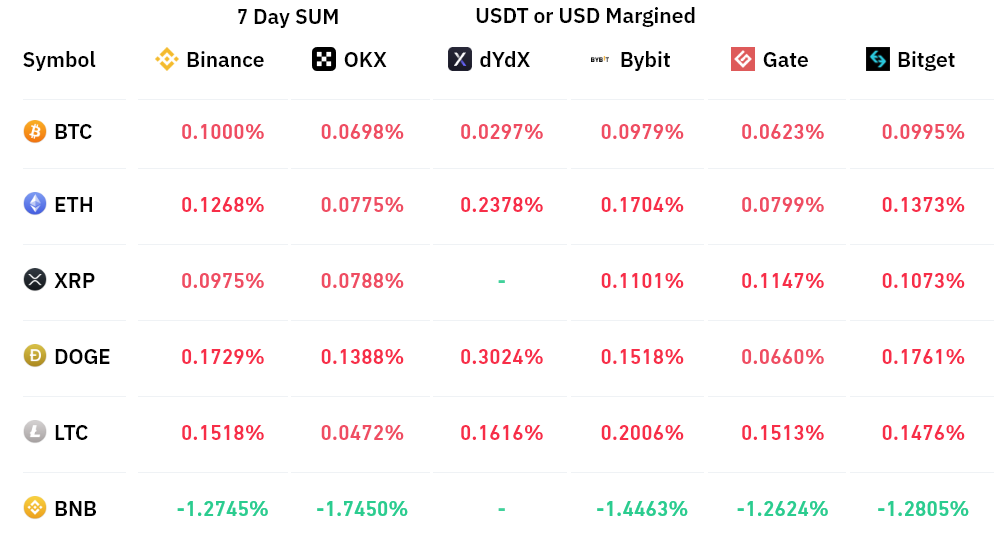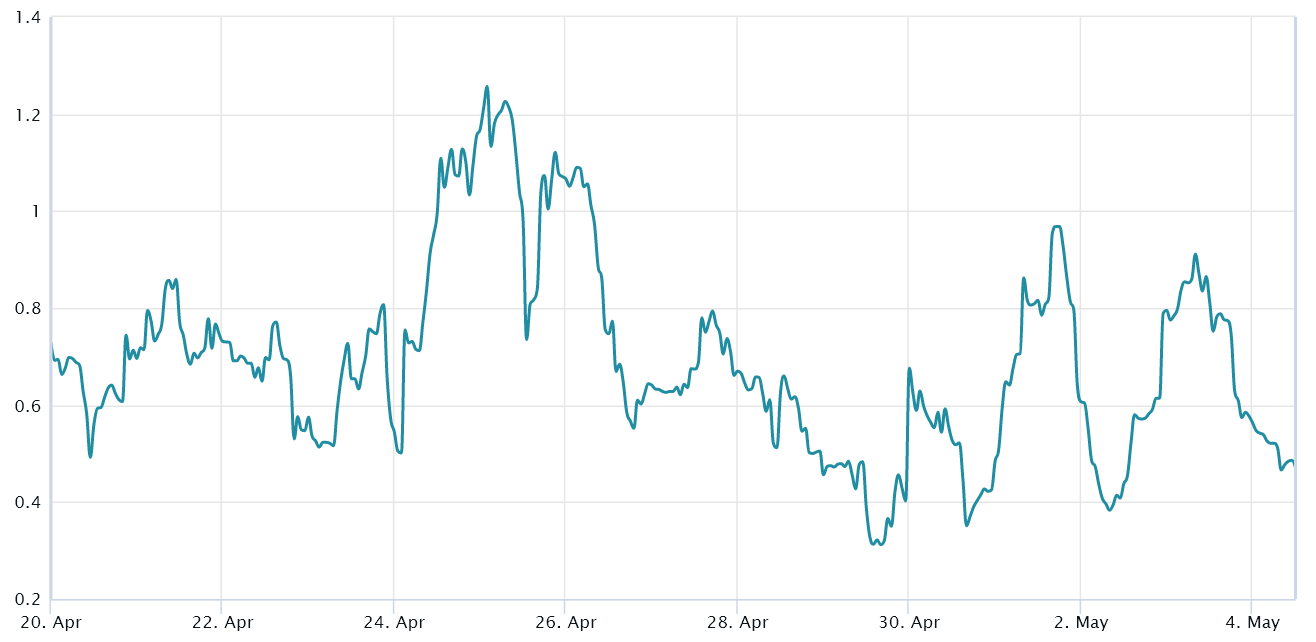
For the past 14 days, cryptocurrency markets have been trading within an unusually tight 7.1% range. In other words, investors are unwilling to place new bets until there’s additional regulatory clarity, especially in the United States.
The total crypto market capitalization fell by 1% to $1.2 trillion over the seven days ending May 4, primarily as a result of Bitcoin’s (BTC) 1.1% price decline, Ether’s (ETH) 0.2% loss and BNB (BNB) trading down 1.4%.
Notice that the exact same $1.16 trillion–$1.22 trillion total market capitalization range previously stood for 12 days between March 29 and April 10. The conflicting forces: regulatory uncertainty weighing it down and the banking crisis pushing prices upward are likely the reason for the lack of risk appetite on both sides.
SEC’s crypto crackdown could backfire
The Coinbase exchange, for instance, has been battling the U.S. Securities and Exchange Commission regarding the need for clear rules for trading digital assets. The stakes were raised after the exchange was handed a Wells notice, a “legal threat” for “possible violations of securities laws,” on March 22.
However, the latest decision has been favorable to Coinbase, as the court has instructed the SEC to clarify the security rules for digital assets within 10 days.
On the other hand, the banking crisis seems not to have faded after the lender PacWest Bancorp reportedly announced that it was considering a buyout. The regional financial institution held $40 billion in assets, although some 80% of the loan book is dedicated to commercial real estate and residential mortgages — a sector that has been plagued by rising interest rates.
The recent crypto sideways trend suggests that investors are hesitant to place new bets until there’s more clarity on whether the U.S. Treasury will continue injecting liquidity to contain the banking crisis, which favors inflation and positive momentum for scarce assets.
BTC, ETH derivatives show muted demand from bears
Perpetual contracts, also known as inverse swaps, have an embedded rate that is usually charged every eight hours. Exchanges use this fee to avoid exchange risk imbalances.
A positive funding rate indicates that longs (buyers) demand more leverage. However, the opposite situation occurs when shorts (sellers) require additional leverage, causing the funding rate to turn negative.

The seven-day funding rate for Bitcoin and Ether was neutral, indicating balanced demand from leveraged longs (buyers) and shorts (sellers) using perpetual futures contracts. BNB was the only exception, as shorts have been paying 1.4% per week to keep their positions open indicating bearishness.
To exclude externalities that might have solely impacted futures markets, traders can gauge the market’s sentiment by measuring whether more activity is going through call (buy) options or put (sell) options. Generally speaking, call options are used for bullish strategies, whereas put options are used for bearish ones.
The expiration of options can have a significant impact on the market, particularly if there are a large number of contracts involved. When options contracts expire, the holders of these contracts may choose to exercise their rights, which can result in buying or selling pressure on the underlying asset. This can lead to increased volatility in the price of Bitcoin, which resulted in a $575-million advantage for bulls in the latest April 28 expiry.
A 0.70 put-to-call ratio indicates that put option open interest lags the more bullish calls and is, therefore, bullish. In contrast, a 1.40 indicator favors put options, which can be deemed bearish.

The put-to-call ratio for Bitcoin options volume has been below 0.90 since April 26, indicating a higher preference for neutral-to-bullish call options. More importantly, even as Bitcoin briefly corrected down to $27,700 on May 1, there was no significant surge in demand for the protective put options.
Related: US regional bank shares sink despite Fed calling banking system ‘sound’
Traders pricing low odds of a break above $1.2 trillion
The options market shows whales and market makers unwilling to take protective puts even after Bitcoin crashed 7.8% on May 1. However, given the balanced demand on futures markets, traders seem hesitant to place additional bets until there’s clarity on whether the U.S. Treasury will continue to bail out the troubled regional bank sector.
It is unclear whether the total market capitalization will be able to break through the $1.22-trillion barrier. But one thing is for sure: Professional traders are not betting on a crypto price crash, given that the demand for protective puts has been muted.
This article does not contain investment advice or recommendations. Every investment and trading move involves risk, and readers should conduct their own research when making a decision.





Be the first to comment